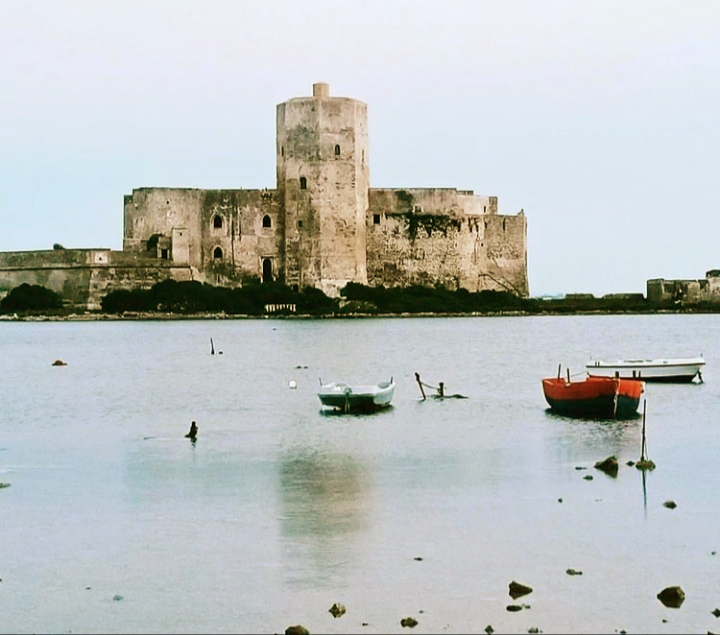Punta Troia Castle: A Historic Fortress on Marettimo Island
Visitor Information
Google Rating: 4.8
Popularity: Low
Google Maps: View on Google Maps
Official Website: www.isoladimarettimo.com
Country: Italy
Civilization: Medieval European
Remains: Military
History
Punta Troia Castle is located on Marettimo, the westernmost of the Egadi Islands in Italy. The site initially hosted a Saracen watchtower constructed around 827 AD to protect the Arab garrison established on the island. This early fortification played a role in securing the northern approaches to the central Mediterranean under Arab control.
By approximately 1140, the Normans, under King Roger II of Sicily, strengthened the existing tower. This enhancement aimed to reinforce Marettimo’s strategic position and secure the western boundary of the Norman Kingdom of Sicily. During this period, the tower served both defensive and territorial functions, asserting Norman influence in the region.
In the 16th century, the defensive role of the site was significantly expanded when Spanish Viceroy Francesco Ferdinando d’Avalos ordered the construction of a new castle on the location of the Norman tower. This building largely forms the present-day castle and was part of a broader effort to reorganize defenses in the Egadi Islands. The castle included a deep cistern that initially stored water but was later adapted as a prison for serious offenders, gaining the nickname “la Fossa,” or “the Pit.”
Throughout the 18th century, the castle continued functioning as a jail. Its penal use was renewed during the turbulent years of the French Revolution. In 1793, it held 52 political prisoners, among them the patriot Guglielmo Pepe of the Neapolitan Republic, who later described the cramped and harsh conditions inside the cistern in his memoirs.
The castle’s use as a prison ended in 1844 following the order of King Ferdinand II of the Two Sicilies to close the facility. Subsequently, the castle was abandoned for a time. Despite this, it still served military purposes during both World Wars, operating as an observation post and a telegraph station for local communications, though it did not see direct combat action.
After suffering from neglect and the risk of structural collapse, restoration efforts were completed, and in 2011, the castle was reopened, preserving its historical legacy.
Remains
Punta Troia Castle features an irregular layout shaped primarily by modifications undertaken in the 17th century, which gave the structure its current configuration. It is perched on a narrow promontory, accessible from the island by a steep pathway and from the sea with the assistance of local guides. The castle’s construction reflects defensive architectural principles adapted to the site’s rugged terrain.
The building comprises two main floors. The lower level consists of a single room, connected by a staircase to the upper floor. Visitors would originally have entered the upper story through a large entrance hall, leading to a narrow passageway. From this upper floor, a small staircase provides access to a terrace surrounded by several rooms. This arrangement suggests an emphasis on surveillance and defense, as well as functional residential or administrative spaces.
A prominent feature of the castle is the cistern, originally designed to store water. Over time, this cistern was repurposed as a prison, reflecting its robust and secure nature. Known locally as “la Fossa,” the deep pit was used to detain serious offenders for several centuries. Its reuse as a holding cell during significant periods, including the French Revolutionary era, adds to the castle’s historical complexity.
Within the site is also a small church, which served as Marettimo’s principal place of worship until the 19th century, underlining the castle’s role as a communal and administrative center in addition to its military functions.
Today, the castle hosts a Prison Museum, illustrating its penal history, alongside a marine observatory named “Foca Monaca,” dedicated to monitoring the island’s surrounding Marine Protected Area. The structure has been carefully restored and retains its visible features from the 16th and 17th centuries, preserving a tangible record of its multi-layered past.










